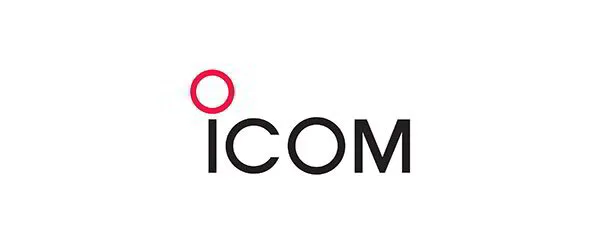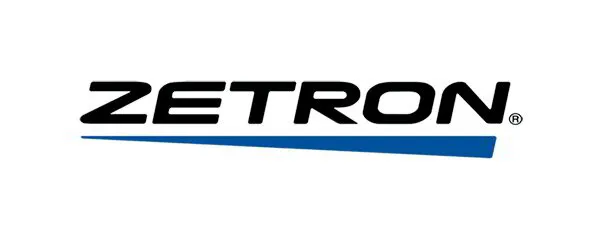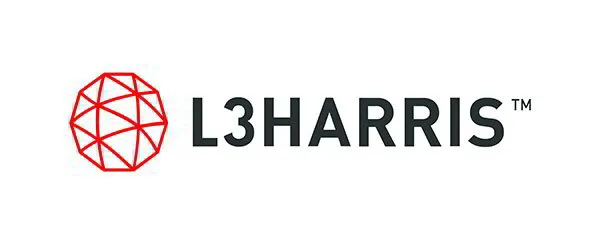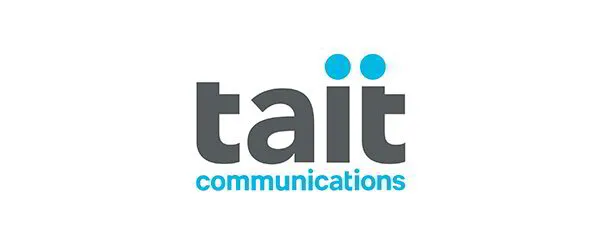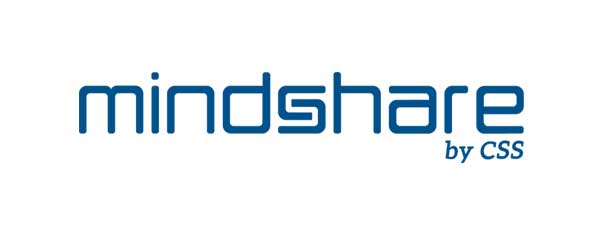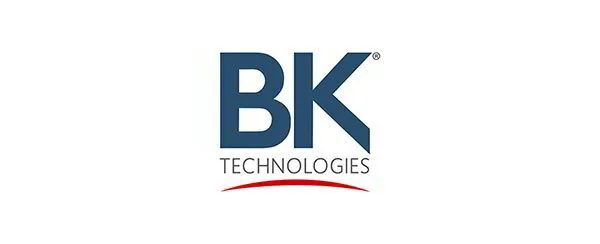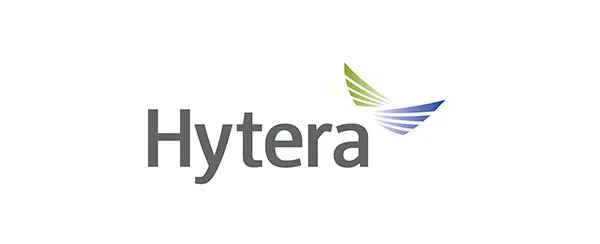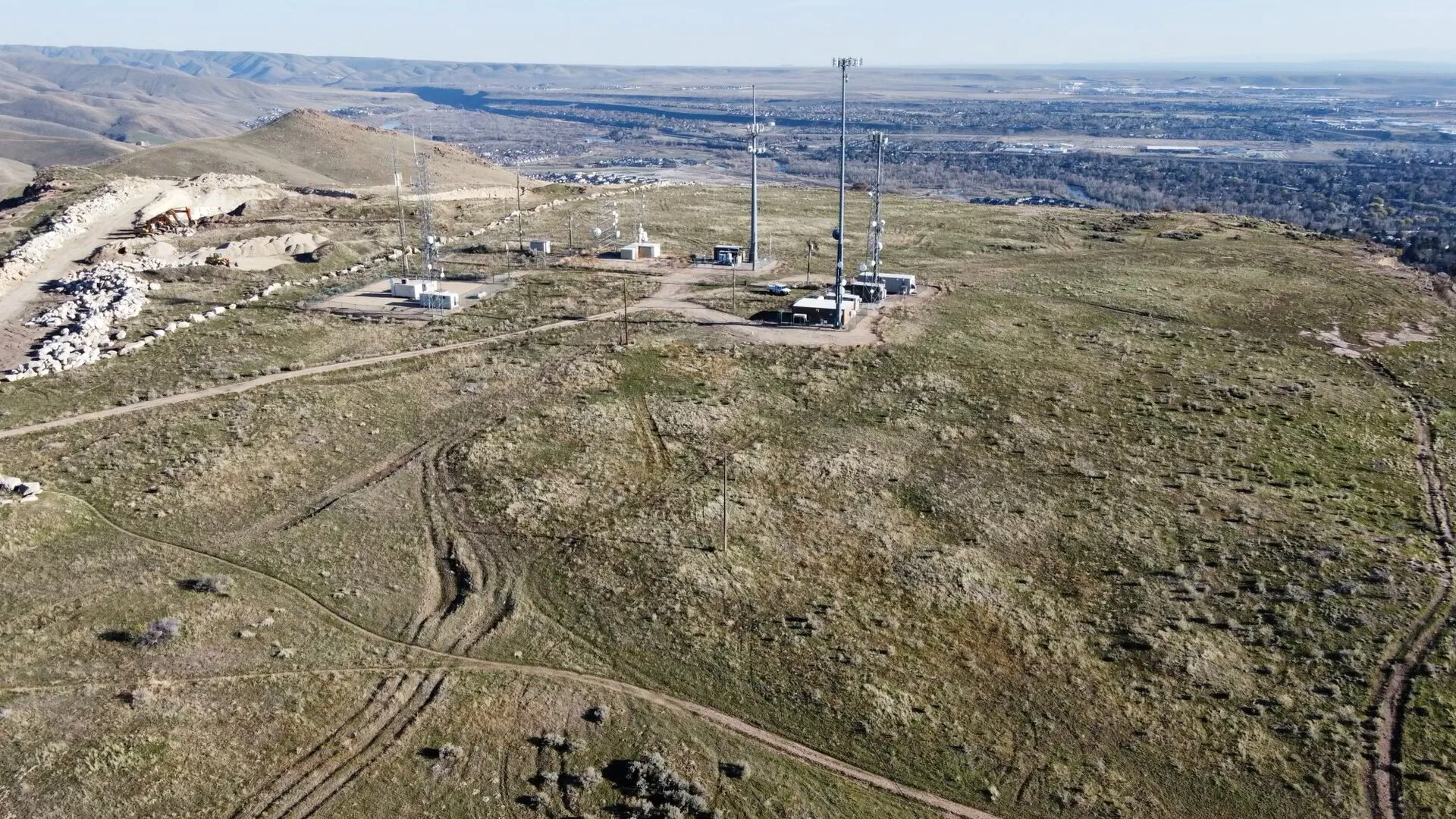
One of the Most Complete Communication Networks in the Northwest
White Cloud Communications Inc., an Idaho-based company with nearly 50 years of expertise, is headquartered in Twin Falls and operates satellite offices in Garden City, Burley, and Idaho Falls. We specialize in advanced two-way radio services, designing, developing, and delivering innovative solutions that boost productivity, enhance safety, and connect people in the toughest environments. Our mission is to provide seamless, reliable, and instant communication for businesses and communities across southern Idaho. With a focus on innovation, quality, and a customer-first mindset, we aim to be the trusted leader in wireless communication solutions.
Industries
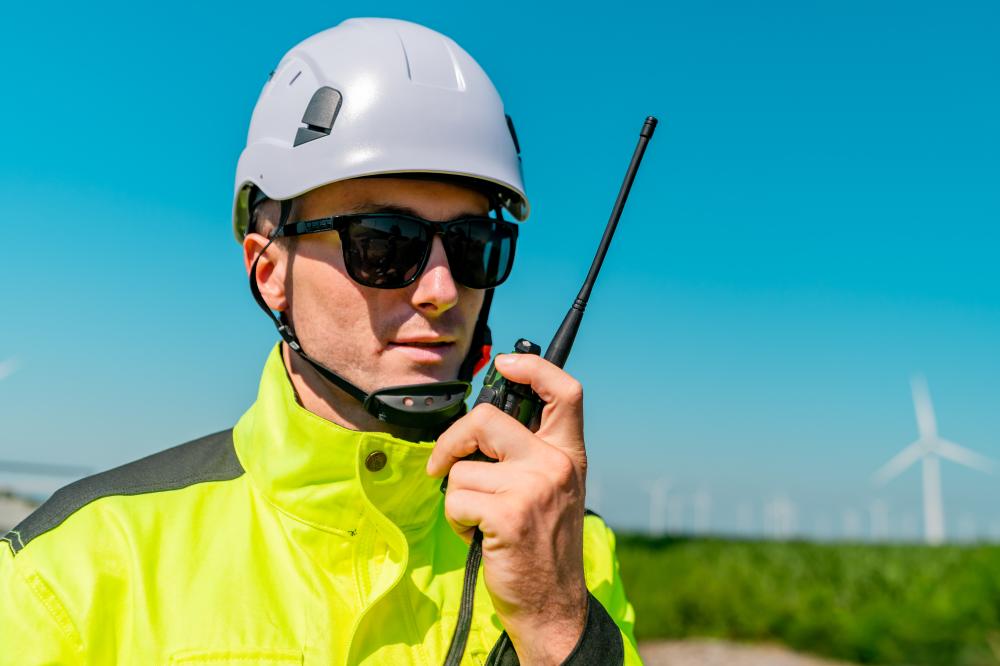
How Do Digital UHF Radios Work?
Digital UHF Radios transform traditional two-way radio communication by converting voice signals into digital data packets, ensuring clearer communication with reduced interference. As a professional with over two decades in the wireless communication sector, I’ve observed how these radios have revolutionized industries like law enforcement and healthcare. Their ability to maintain integrity over long distances is unmatched. Furthermore, the digital aspect allows for encryption, making communications secure, a vital feature for sectors such as national security and emergency services.
Key Benefits of Digital UHF Radios
One of the primary advantages of Digital UHF Radios is clarity. Unlike analog radios, digital radios eliminate static, ensuring that messages are clear even in challenging environments. This clarity is crucial in industries where communication can mean the difference between safety and disaster.
Another benefit is extended battery life. Digital UHF technology is more energy-efficient, allowing devices to run longer on a single charge. This feature is particularly beneficial for teams working in remote areas, such as mining operations.
Digital UHF Radios also offer the ability to integrate data applications. From GPS tracking to text messaging, these radios serve as versatile tools that enhance operational efficiency. This level of integration is a game-changer for sectors such as transportation and utilities.
Choosing the Right Kenwood Radios for Your Needs
Selecting the appropriate Digital UHF Radios requires a clear understanding of your communication needs. As with any technology investment, it’s crucial to evaluate factors like range, durability, and additional features.
1. Determine Range Requirements: Consider the environment and distance over which communication is needed. Different models offer varying ranges.
2. Evaluate Durability: For industries like oil & gas or construction, radios with robust, rugged designs are essential.
3. Consider Extra Features: Features such as noise cancellation, GPS, or Bluetooth may be critical based on your industry. For example, GPS is indispensable for logistics companies.
Industry-Specific Applications of Digital UHF Radios
- Fire & EMS: Instant, clear communication in emergencies saves lives.
- Hospitality: Seamless communication between departments enhances guest experiences.
- Education: Effective campus-wide communication ensures student safety.
- Mining: Secure, long-range communication keeps operations running smoothly in remote locations.
What Are Common Concerns About Digital UHF Radios?
Cost often comes up when discussing Digital UHF Radios. Although the initial investment might appear high, the long-term benefits outweigh these costs due to enhanced efficiency and lower maintenance needs.
I frequently encounter questions about compatibility. Many worry whether new digital radios will work with their existing analog systems. Fortunately, many digital radios are designed to be backward compatible, facilitating a smoother transition.
Another concern is privacy. Digital UHF Radios offer encryption capabilities, ensuring secure communications, making them ideal for industries where data integrity is paramount.
Steps to Integrate Digital UHF Radios into Your Business
- Assess Your Needs: Identify the specific communication challenges your organization faces.
- Select the Right Devices: Based on the identified needs, choose the appropriate models and features.
- Plan the Deployment: Strategically plan how and where the radios will be used across your organization.
- Training: Ensure all users are thoroughly trained on the features and usage of the new radios.
- Monitor and Adjust: Continuously monitor the system’s performance, making adjustments as necessary to optimize efficiency.
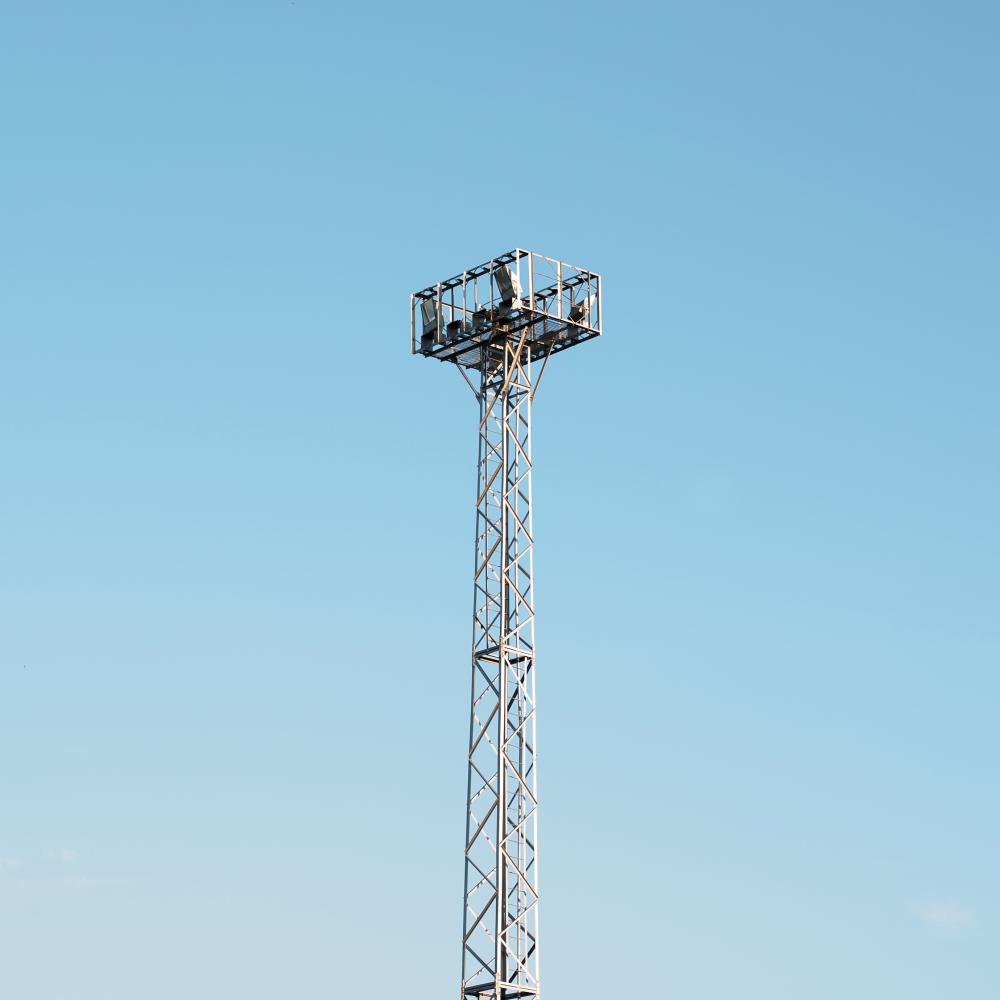
What Are UHF Radios?
UHF Radios, or Ultra High Frequency Radios, are crucial tools for ensuring clear and reliable wireless communication. In my 20 years of industry experience, I have witnessed their transformative impact on various sectors from law enforcement to hospitality. UHF Radios operate in the spectrum typically between 300 MHz to 3 GHz, offering flexibility for both short- and long-range communications.
The Benefits of UHF Radios
The primary advantage of UHF Radios is their ability to penetrate buildings and other obstacles, making them ideal for urban environments. As a professional at White Cloud Communications, our team often recommends UHF Radios for clients in construction and healthcare industries where consistent indoor connectivity is paramount.
Another key benefit is versatility. Whether it’s for a mining operation or emergency services, UHF Radios can adapt to diverse communication needs. Feedback from our clients in transportation highlights how these radios enhance coordination and reduce response times significantly.
How to Maintain UHF Radios
- Regular Inspections: Schedule routine checks to ensure all components are in working order.
- Battery Care: Fully charge batteries and store them in a cool, dry place to prolong lifespan.
- Software Updates: Keep the firmware updated to the latest version to maintain compatibility and performance.
What Qualifies as a UHF Radios Emergency?
An emergency with UHF Radios occurs when communication failure critically impacts safety or operational efficiency. Immediate response is required to troubleshoot and restore functionality.
For instance, during a fire drill in a large facility, any disruption in UHF Radios can lead to chaos and potential safety hazards. At White Cloud Communications, we train clients to identify these scenarios swiftly. Always have a backup system or procedure to activate when radios fail.
Choosing the Right UHF Radios for Your Needs
In selecting UHF Radios, consider the following:
- Range: Ensure the radio’s range meets your operational needs.
- Durability: Choose models that withstand environmental stressors pertinent to your industry.
- Features: Evaluate additional features like GPS and encryption based on your specific requirements.
As certified dealers, we at White Cloud Communications guide clients through these choices, leveraging our 50 years of expertise to recommend the best solutions tailored to their business context.
Introduction to Short Wave Radio System
For nearly half a century, White Cloud Communications Inc. has been at the forefront of enhancing communication across various sectors in the Northwest. Our expertise in the Short Wave Radio System has revolutionized how businesses and communities interact, offering reliable connectivity in even the most demanding environments. As someone who has dedicated over 20 years to this field, I can attest to the profound impact of a well-implemented Short Wave Radio System on operational efficiency.
Advantages and Applications
The Short Wave Radio System is not merely a tool but an essential component for industries requiring robust communication solutions. Its versatility is unmatched, allowing it to serve sectors such as Law Enforcement, National Security, and Healthcare with aplomb. Our systems offer seamless communication over long distances, overcoming obstacles that often impede other forms of communication.
In emergency situations, the Short Wave Radio System proves invaluable, providing reliable communication when traditional networks might falter. The adaptability of these systems ensures they can be tailored to meet the specific needs of diverse industries, effectively enhancing both safety and productivity. As a certified dealer, White Cloud Communications ensures access to the latest technology, furthering our commitment to delivering cutting-edge solutions.
What Qualifies as a Short Wave Radio System Emergency?
A Short Wave Radio System emergency occurs when communication is compromised due to equipment failure, severe weather, or natural disasters. In these circumstances, restoring functionality swiftly is crucial to maintain connectivity. Businesses can take several steps to manage such emergencies effectively:
- Identify the type and cause of the communication breakdown.
- Contact your service provider for immediate troubleshooting assistance.
- Utilize backup systems if available to maintain communication continuity.
- Conduct periodic maintenance checks to prevent potential system failures.
Tips for Maintaining a Reliable System
Ensuring the reliability of a Short Wave Radio System involves proactive measures to prevent disruptions. Regular maintenance and system upgrades are crucial. At White Cloud Communications, we recommend implementing the following:
- Schedule regular system inspections to identify potential issues early.
- Keep software up-to-date to leverage the latest advancements.
- Train staff on efficient system usage and troubleshooting techniques.
By taking these steps, businesses can bolster their operational resilience and ensure their communication systems remain robust.
The Future of Short Wave Radio Systems
Looking ahead, the evolution of the Short Wave Radio System promises even greater advancements. Innovations in digital technology are set to enhance these systems, making them more efficient and adaptable. As industries increasingly demand rapid, reliable communication, our commitment at White Cloud Communications remains steadfast in providing solutions that meet these emerging needs.
The integration of artificial intelligence and machine learning into radio systems is another exciting horizon. These technologies will potentially allow systems to self-optimize, offering unparalleled efficiency and reliability. Our goal is to keep our clients at the cutting edge, leveraging these advancements to improve their communication capabilities and drive greater success.
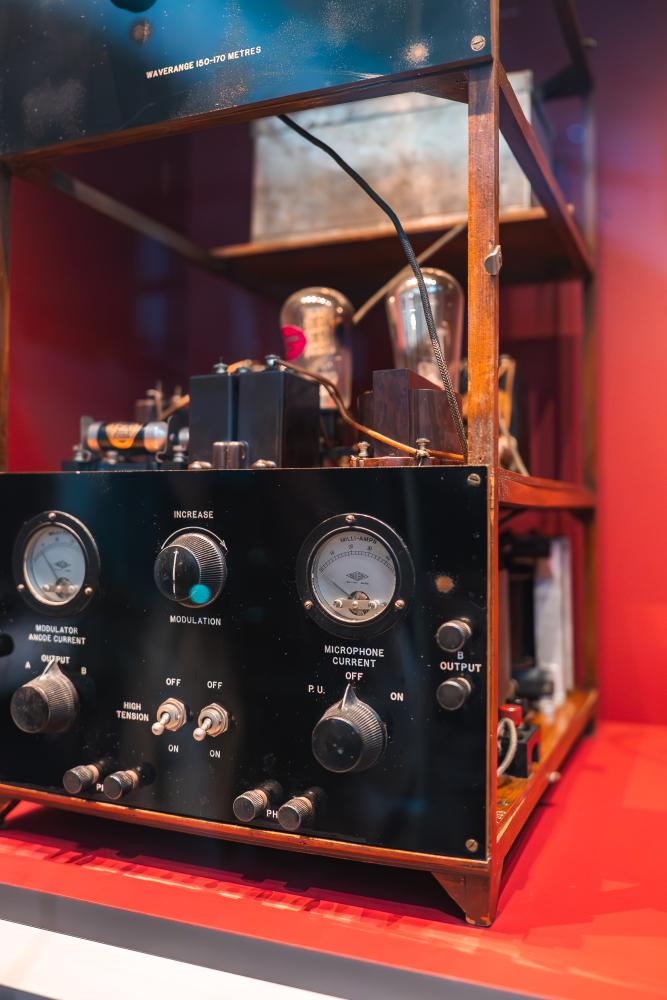
How do Digital UHF Radios enhance communication clarity compared to traditional analog systems?
Digital UHF Radios offer a significant improvement in communication clarity over traditional analog systems by converting voice signals into digital data packets. This transformation minimizes interference and eliminates static, resulting in reliably clear messages. As someone who’s been in the industry for decades, I’ve seen firsthand how this clarity can be critical, particularly in sectors where every second counts, like emergency services and national security.
Imagine being in a bustling city environment where analog radios struggle with interference from buildings and other electronic devices. Digital UHF Radios, however, maintain their integrity, ensuring messages get through without the background noise. It’s akin to moving from a fuzzy TV signal to a crisp HD picture. This technology not only enhances safety but also boosts operational efficiency, as teams can coordinate with precision. How might the clarity from Digital UHF Radios impact your daily operations or emergency response strategies?
What are the key benefits of using Digital UHF Radios in various industries?
Digital UHF Radios bring several benefits, making them an asset across multiple industries. Beyond superior clarity, they offer extended battery life due to their energy-efficient technology–crucial for sectors like mining where teams operate in remote locations. These radios also support data applications, such as GPS tracking and text messaging, enhancing operational efficiency.
In the hospitality industry, this seamless integration means you can manage guest services or coordinate between departments with ease, enhancing guest experiences. In emergency services, the ability to communicate clearly and securely can literally save lives. By investing in these versatile tools, you’re not just enhancing communication; you’re future-proofing your operations. What specific challenges in your industry could be mitigated by these benefits?
How can businesses select the most suitable Digital UHF Radio for their needs?
Choosing the right Digital UHF Radio hinges on understanding specific communication requirements. Consider the range needed for effective communication within your environment. For example, a construction site might require radios that cover large outdoor spaces, while a hospitality business might focus on indoor connectivity.
Durability is another key factor, especially in industries like oil & gas or construction. Radios must withstand tough conditions, so rugged design is essential. Additionally, consider features like noise cancellation for noisy environments or GPS for logistics. By matching these features to your needs, you ensure your team is equipped for success. What are the primary environmental challenges you face that could influence your choice?
What are the common concerns associated with Digital UHF Radios, and how are they addressed?
Cost is often a primary concern when adopting Digital UHF Radios. While the initial investment might seem high, the long-term benefits such as increased efficiency and reduced maintenance make it worthwhile. Compatibility is another frequent question. Thankfully, many digital radios are designed to be backward compatible with analog systems, simplifying the transition process.
Privacy is also crucial, especially for industries like healthcare and national security. Digital UHF Radios typically include encryption capabilities, ensuring secure communications. This feature provides peace of mind that sensitive information remains protected. Have you encountered compatibility or privacy issues with your current communication systems, and how do you think digital radios could resolve these?
What steps should be taken to successfully integrate Digital UHF Radios into a business?
Integrating Digital UHF Radios requires careful planning. Start by assessing your communication challenges to identify what features are necessary. Once needs are clear, select devices that match those requirements and plan the deployment across your organization strategically.
Training is crucial; ensure all users are familiar with the radios’ features and operation. Finally, continuously monitor the system’s performance and make necessary adjustments to optimize efficiency. These steps not only facilitate a smoother transition but also ensure you leverage the full potential of your communication tools. What specific goals do you hope to achieve with improved radio communication, and how might they guide your integration strategy?
What are UHF Radios, and why are they important?
UHF Radios, or Ultra High Frequency Radios, operate typically between 300 MHz to 3 GHz and are pivotal for clear and reliable wireless communication. They are particularly valuable in urban environments where their signal’s ability to penetrate buildings is a major advantage. In my experience, clients from diverse fields like law enforcement and hospitality find UHF Radios indispensable for consistent connectivity.
These radios are not just about covering distances; their real strength lies in overcoming obstacles that would otherwise hinder communication. Whether inside a sprawling hotel or a busy hospital, UHF Radios ensure that teams stay connected. With their versatility, they can easily adapt to many industries’ needs. Have you considered how enhanced communication can transform your industry, particularly in challenging environments?
How should businesses maintain their UHF Radios to ensure longevity and reliability?
Maintaining UHF Radios involves regular inspections to ensure components are functioning correctly, along with diligent battery care to maximize lifespan. Storing batteries in a cool, dry place and ensuring they are fully charged can prevent premature degradation.
Additionally, keep the radio’s firmware up to date to maintain performance and compatibility. In the field, I’ve seen how proactive maintenance extends the life of these devices significantly. By scheduling routine checks and updates, you prevent minor issues from becoming major disruptions. Could implementing a regular maintenance schedule improve the reliability of your communication systems?
What are Short Wave Radio Systems, and how do they differ from UHF Radios?
Short Wave Radio Systems are designed for long-distance communication, often covering a broader range than UHF Radios. They are particularly beneficial in areas where other forms of communication might fail, such as during severe weather or in remote locations. At White Cloud Communications, we’ve seen these systems provide critical connectivity during emergencies, ensuring that operations continue smoothly.
While UHF Radios excel in urban settings with their ability to penetrate obstacles, Short Wave Radio Systems are more suited for expansive coverage over greater distances. This makes them ideal for industries like national security and mining, where reliable communication across vast areas is essential. Have you faced situations where enhanced long-distance communication could have improved operational outcomes?
Resources
- Federal Communications Commission (FCC) – The official website of the FCC, providing information on regulations and licensing for communication devices.
- National Institute of Standards and Technology (NIST) – NIST offers industry-specific guidelines and standards for communication systems.
- Environmental Protection Agency (EPA) – The EPA provides information on radio frequency emissions and their environmental impact.
- National Fire Protection Association (NFPA) – NFPA offers standards and guidelines for emergency communication systems.
- National Institutes of Health (NIH) – The NIH provides research and resources on the health effects of radiofrequency radiation.
We are certified dealers of the following brands:

